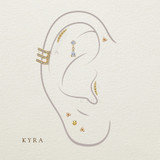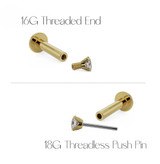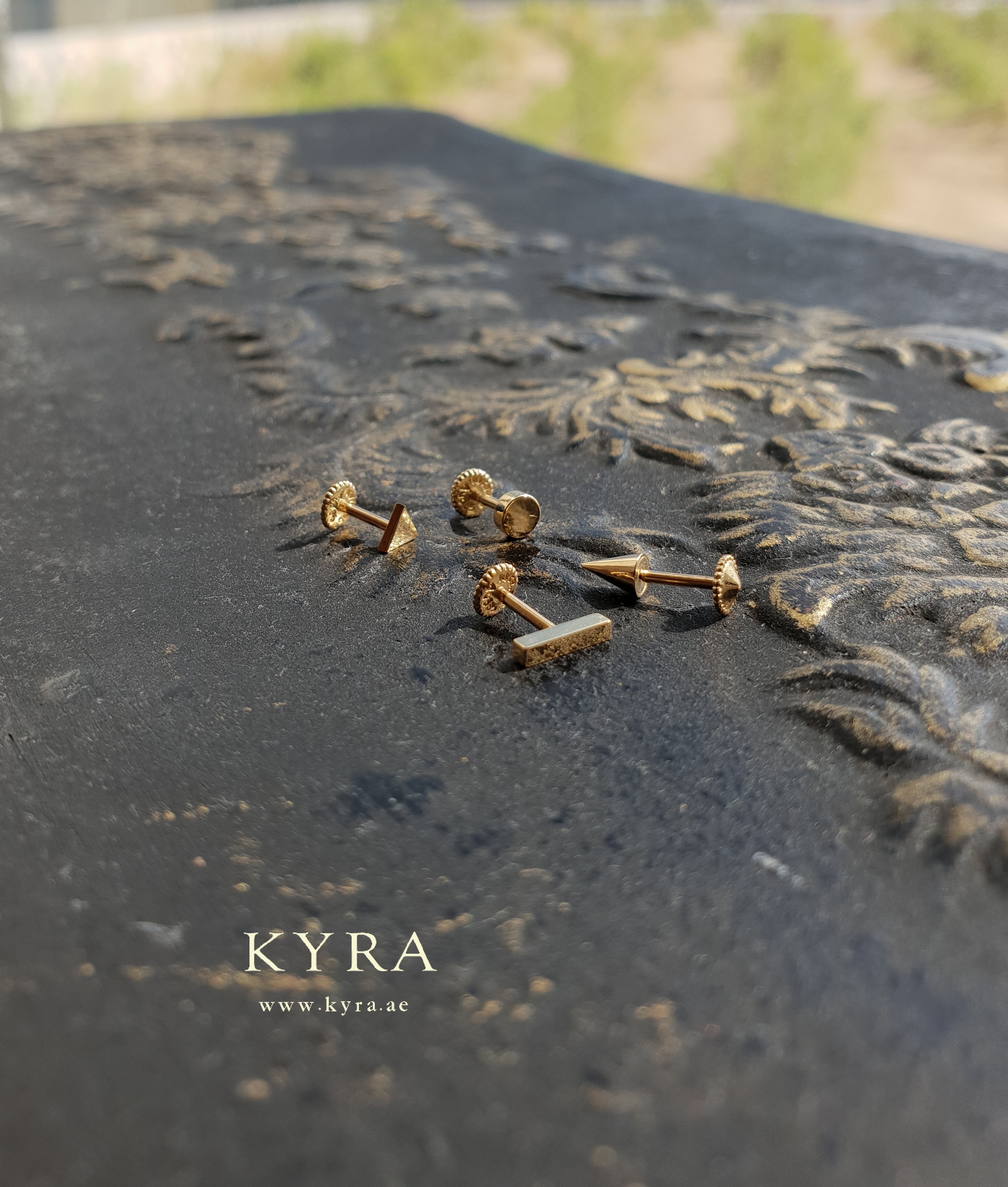"The Ultimate Piercing FAQ: Aftercare, Infections, Pricing and More"
Posted by KYRA on 25th Oct 2025

Whether you're considering your first piercing in UAE or adding to your collection, questions are natural. At KYRA (Dubai) we've compiled the most frequently asked questions about piercings, aftercare, infections, pricing, and jewelry to help you make informed decisions about your piercing journey.
Getting Started with Piercings
Q: What age do I need to be to get a piercing?
A: If unaccompanied by a parent or guardian clients need to be at least 15 years old with valid government-iss
Gold Hits $4,000 for the First Time Ever
Posted by KYRA on 8th Oct 2025

Gold Hits $4,000 for the First Time Ever
What's Happening?
Gold prices have just broken through the $4,000 per Ounce, mark for the first time in history, reaching $4,019 early Wednesday morning. This is a huge milestone – prices have more than doubled in less than two years and jumped over 50% just this year alone.
Why Is This Happening?
There are a few key reasons driving this massive rally:
1. Central Banks Are Buying Like Crazy Central banks around the world have been stockpiling gold &
"What's Better for Piercing Jewelry: Threaded Posts or Push Pin Backings?"
Posted by KYRA on 1st Oct 2025

Threaded Post vs Push Pin or Press Fit: What is Better?
When selecting piercing jewelry, most people focus on aesthetics—the gemstone, the design, the metal color. However, one of the most critical decisions you'll make is choosing between threaded post and push pin backing systems. This seemingly technical detail significantly impacts your piercing's comfort, security, and longevity.
Understanding the differences between these two closure mechanisms can help you make informed choices that
The KYRA Advantage: UAE's First Licensed Piercing Studio, Middle East's Largest Piercing-Jewelry Wholesaler in Solid Gold
Posted by KYRA on 10th Aug 2025

The KYRA Advantage: UAE's First Licensed Piercing Studio, Middle East's Largest Piercing-Jewelry Wholesaler in Solid Gold.
When it comes to ear piercings, body piercings, or simply piercings in general, the choice of studio and the team behind it can make the difference between a beautiful, lifelong accessory and a regrettable experience. In the UAE's rapidly growing piercing scene, you often get bombarded by excessive ads on social media from new companies all the time a "Piercing ... this" or



